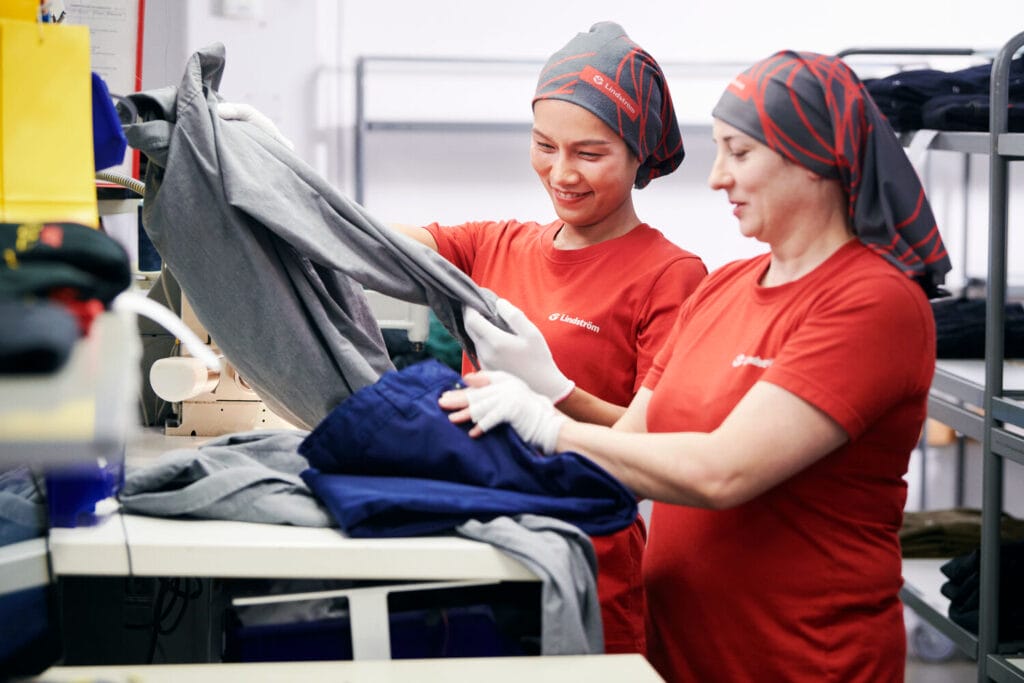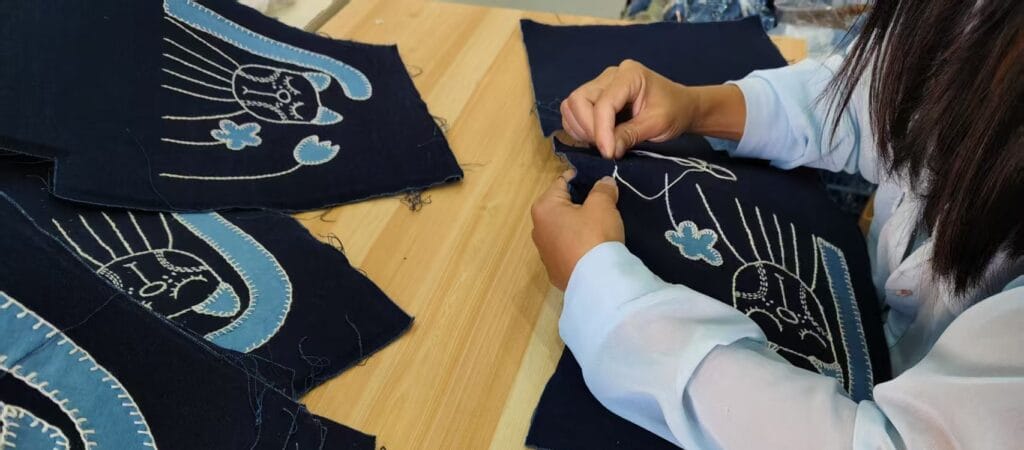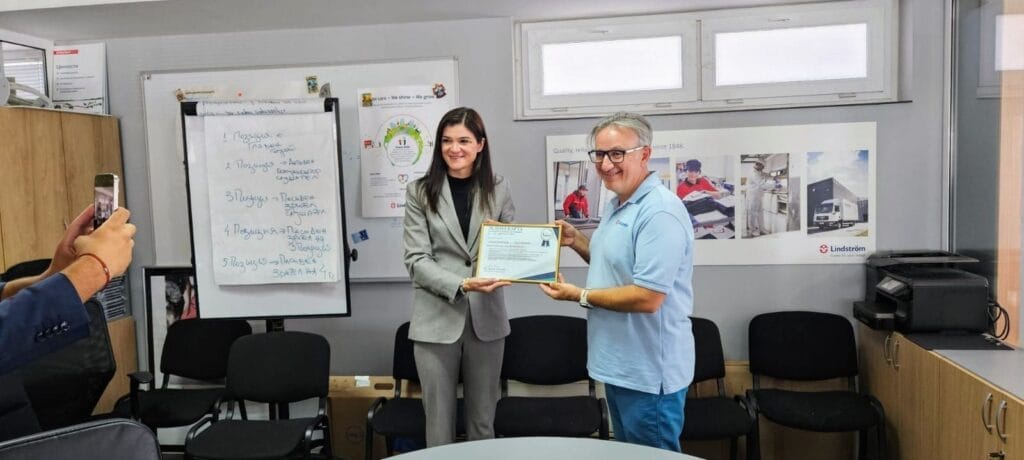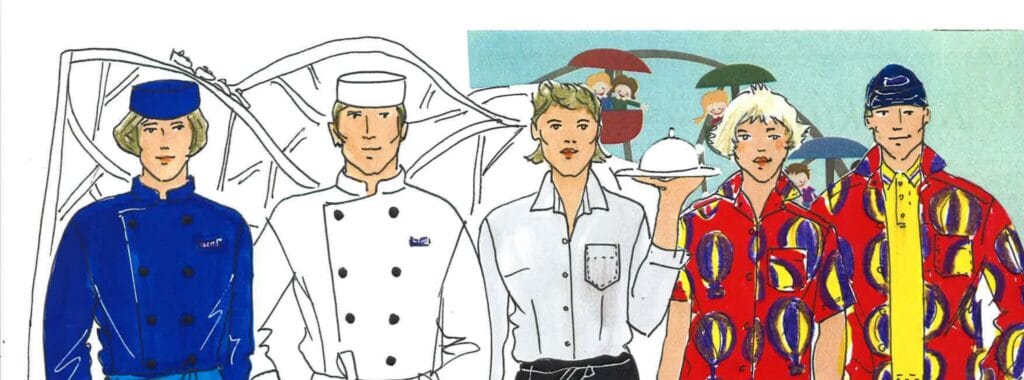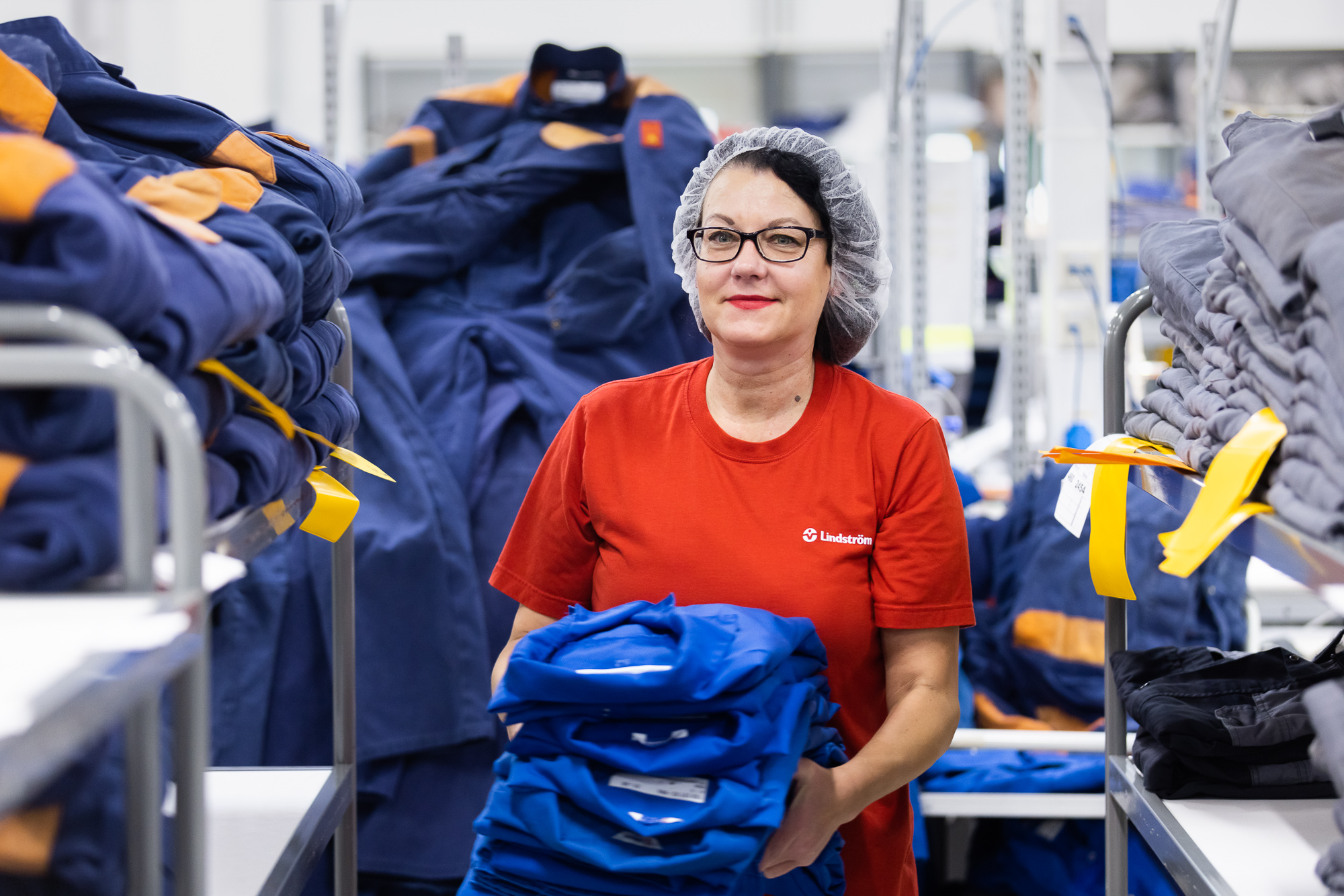
Rental workwear is the ecological choice
Why purchase workwear when you can rent the entire service? Investing in rented workwear makes sense both economically and ecologically. Renting ensures the safety and frees up resources for core operations.
Last autumn in Finland, it was reported that every year a single clothing supplier may end up burning up to 15 tonnes of new workwear intended for the public sector, due to the Act on Public Procurement and Concession Contracts. The reason mentioned was that, at the end of the contract period, the contracting entity is not obliged to redeem the workwear, and the supplier of the clothes no longer needs them. Anyone can understand that this is a waste of both natural and financial resources. A similar thing is happening around the globe with excess textiles, multiplying the effects to unbearable amounts.
The problem in such cases is purchasing.
Instead of purchasing, public sector customers could rent workwear as a service. In the workwear sector, there is a clear difference between the business logic of selling and renting. The rental service is a circular economy solution in which the environmental impact of the entire life cycle of workwear is optimized. In order to extend the life cycle of a single garment, it is repaired in connection with washing, the sizes and dimensions of garments are determined according to the needs of the users, and the service provider assumes responsibility for storage and end-of-life disposal. Clothes that are sold, on the other hand, represent a linear “consume and dispose ” model, in which the natural resources tied up in the products are lost at the end of the life cycle.
The public sector should therefore increasingly switch to renting clothes instead of purchasing them. This would save money as well as the environment. This would also ensure a good level of hygiene without compromising resources. Professionally maintained rented workwear protects employees and their environment also during the corona pandemic and frees up resources from workwear maintenance to essential operations such as providing acute care, support, and service.
As a circular economy operator in the textile industry, Lindström is committed to maintaining the clothes as far as possible. Therefore, the maintenance and repair of workwear are considered already when the textiles are designed and purchased.
In 2019, Lindström repaired over 5 million textiles, prolonging their lifespan tremendously. The life cycle of a work garment is three years on average, during which time the garment is washed 50 times and repaired approximately 6 times. Even the end-of-life disposal is carried out in a sustainable way.
We are actively seeking new solutions for recycling our discarded textiles, either as another product or as fiber. By choosing the rental service, our customers can get involved in these circular economy practices.
Most of the workwear in the public sector is used by the health and social services sector, where the clothes do not have logos or other elements that would prevent the transfer of the clothes to another organization at the end of the contract period. A doctor’s coat looks the same at every health center. In addition, loose badges do not prevent the garment from being reused. Only direct embroideries can present a challenge for recycling.
Rental workwear is always a greener choice. In the circular economy business model, new clothes are taken only in circulation when needed.
